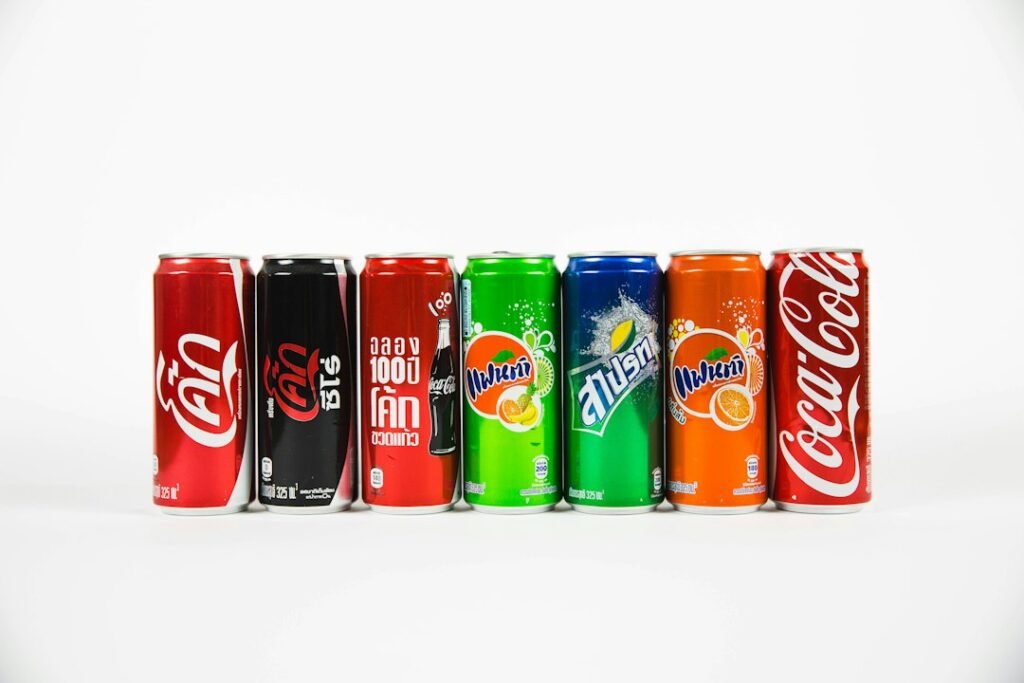Hemoglobin is a vital component of our blood that plays a crucial role in transporting oxygen from the lungs to the rest of the body. This protein is found in red blood cells and is responsible for giving blood its red color. The importance of hemoglobin cannot be overstated, as it ensures that all our organs and tissues receive the oxygen they need to function properly. Despite its significance, the topic of hemoglobin can be complex and overwhelming due to its intricacies and the various factors that can affect its levels in the body.
Understanding hemoglobin and its importance in the body is essential for maintaining overall health and well-being. Hemoglobin is a protein made up of four heme groups, each containing an iron atom that binds to oxygen molecules. This binding process allows hemoglobin to carry oxygen from the lungs to tissues throughout the body and transport carbon dioxide back to the lungs for exhalation. There are different types of hemoglobin, with adult hemoglobin (HbA) being the most common type in healthy individuals. Fetal hemoglobin (HbF) is predominant in newborns but decreases as they grow older.
Low hemoglobin levels, also known as anemia, can have serious consequences on one’s health. When hemoglobin levels are below normal, it means that the blood is not able to carry enough oxygen to meet the body’s needs. There are several causes of low hemoglobin levels, including nutritional deficiencies (such as iron, vitamin B12, and folate), chronic diseases (such as kidney disease or cancer), genetic conditions (such as sickle cell anemia), and certain medications. Symptoms of low hemoglobin levels may include fatigue, weakness, shortness of breath, dizziness, pale skin, and irregular heartbeat.
Increasing hemoglobin levels in the body can have numerous benefits for overall health and well-being. Healthy hemoglobin levels ensure that all organs and tissues receive an adequate supply of oxygen, which is essential for their proper functioning. On the other hand, low hemoglobin levels can lead to symptoms such as fatigue, weakness, and shortness of breath, impacting daily activities and quality of life. By incorporating hemoglobin-rich foods into your diet and addressing any underlying causes of low hemoglobin levels, you can improve your overall health and vitality.
Including hemoglobin-rich foods in your diet is a great way to boost your hemoglobin levels naturally. Foods that are high in iron, such as red meat, poultry, fish, beans, lentils, spinach, and fortified cereals, can help increase your body’s iron stores and improve hemoglobin production. Vitamin C-rich foods like citrus fruits, bell peppers, strawberries, and tomatoes can also enhance iron absorption in the body. Additionally, incorporating foods high in vitamin B12 (such as eggs, dairy products, and fortified plant-based alternatives) and folate (such as leafy greens, citrus fruits, and beans) can support healthy red blood cell production.
Iron is a crucial mineral required for hemoglobin production in the body. There are two forms of dietary iron: heme iron (found in animal products) and non-heme iron (found in plant-based foods). Heme iron is more easily absorbed by the body compared to non-heme iron. Good food sources of heme iron include red meat, poultry, and seafood. Non-heme iron sources include beans, lentils, tofu, spinach, fortified cereals, and nuts. Consuming a combination of heme and non-heme iron sources can help ensure an adequate intake of this essential mineral for optimal hemoglobin production.
For vegetarians and vegans who do not consume animal products, it is important to include non-meat sources of iron in their diet to prevent iron deficiency anemia. Plant-based sources of iron include legumes (such as lentils, chickpeas, and kidney beans), tofu and tempeh, nuts and seeds (such as pumpkin seeds and cashews), whole grains (such as quinoa and fortified cereals), dark leafy greens (such as spinach and kale), dried fruits (such as apricots and raisins), and spirulina. Pairing these iron-rich foods with vitamin C-rich foods can enhance iron absorption in the body.
Vitamin C plays a crucial role in enhancing iron absorption for optimal hemoglobin production. Including foods high in vitamin C in your meals can help increase the bioavailability of non-heme iron from plant-based sources. Good sources of vitamin C include citrus fruits (such as oranges, grapefruits, lemons), strawberries, kiwi fruit, bell peppers (especially red bell peppers), tomatoes, broccoli, Brussels sprouts, and guava. Consuming vitamin C-rich foods alongside iron-rich plant-based sources can maximize the absorption of iron in the body and support healthy hemoglobin levels.
In addition to iron and vitamin C, there are other nutrients that play a role in boosting hemoglobin levels in the body. Vitamin B12 is essential for red blood cell production and can be found in animal products like meat, poultry, fish, eggs, dairy products, as well as fortified plant-based alternatives like nutritional yeast or fortified cereals. Folate (or vitamin B9) is another important nutrient for red blood cell formation and can be obtained from leafy greens (such as spinach or kale), legumes (like lentils or chickpeas), citrus fruits (like oranges or grapefruits), avocadoes, beets, and broccoli.
Incorporating hemoglobin-rich foods into your daily meals doesn’t have to be complicated. You can start by including a variety of iron-rich foods such as lean meats (like chicken or turkey), seafood (like salmon or tuna), beans (like kidney beans or chickpeas), lentils (like red or green lentils), tofu or tempeh (for vegetarians/vegans), spinach or kale (dark leafy greens), fortified cereals or breads (with added iron). Pairing these foods with vitamin C-rich options like citrus fruits or bell peppers can further enhance iron absorption. Meal planning ahead can help ensure you’re getting a good balance of nutrients throughout the week.
If you experience symptoms of low hemoglobin levels such as persistent fatigue, weakness, shortness of breath with minimal exertion, dizziness or lightheadedness especially when standing up quickly or during physical activity; pale skin or nail beds; irregular heartbeat; cold hands or feet; headaches; chest pain; or difficulty concentrating – it’s important to seek medical attention promptly. Your healthcare provider may recommend blood tests to assess your hemoglobin levels and determine the underlying cause of any abnormalities. Treatment options for low hemoglobin levels may include dietary changes to increase nutrient intake (such as iron-rich foods), supplementation with vitamins or minerals if deficiencies are identified; medications to address specific conditions contributing to low hemoglobin levels; or other interventions depending on individual circumstances.
In conclusion, hemoglobin plays a vital role in ensuring our bodies receive an adequate supply of oxygen for optimal functioning. Understanding the importance of maintaining healthy hemoglobin levels through proper nutrition is key to overall health and well-being. By incorporating hemoglobin-rich foods into your diet – whether through animal sources like lean meats or plant-based options like legumes and dark leafy greens – you can support healthy red blood cell production and maintain optimal hemoglobin levels. Remember that seeking medical attention if you experience symptoms of low hemoglobin levels is crucial for timely diagnosis and appropriate treatment to address any underlying issues affecting your blood health.


